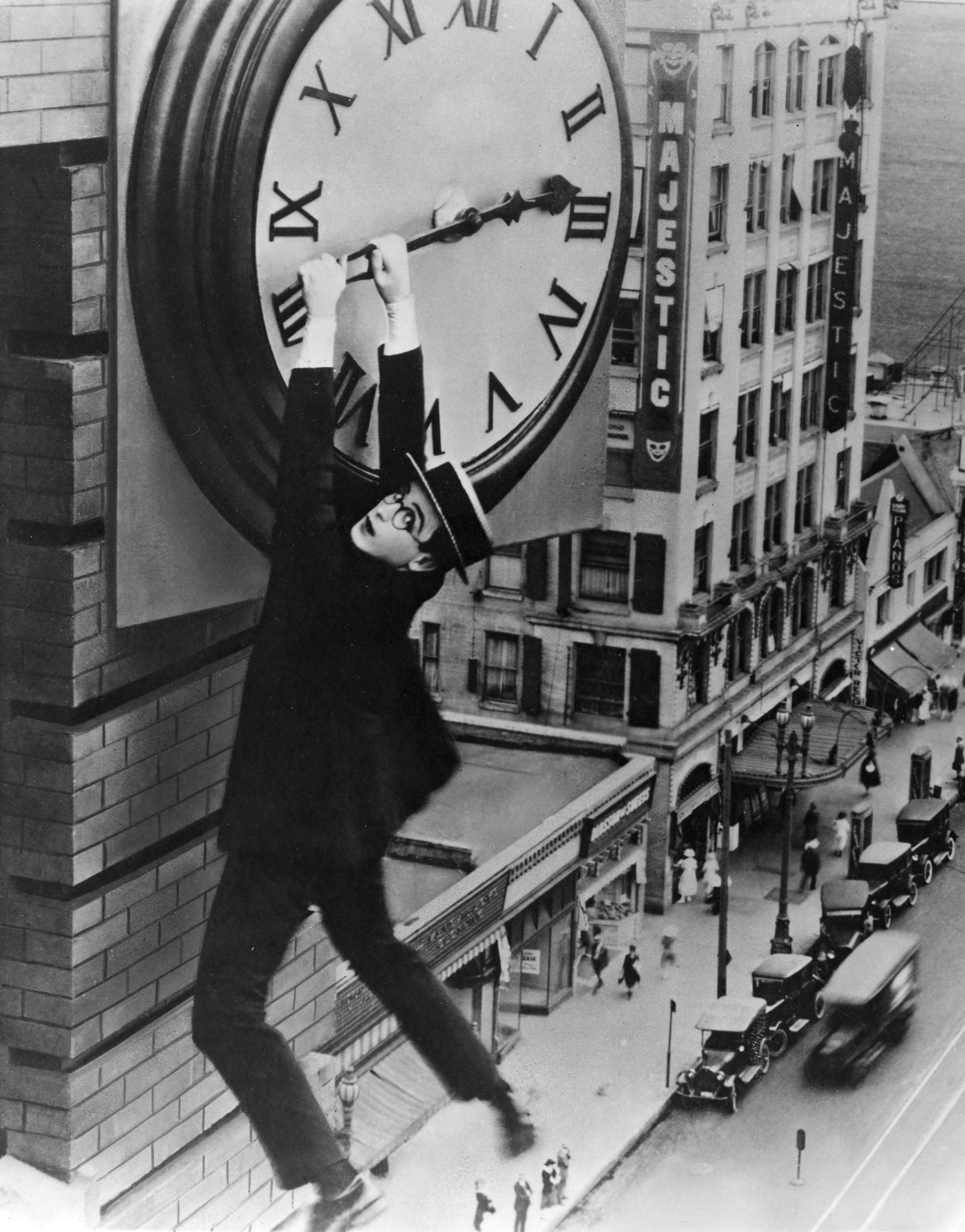David Bunting is a freelance storyboard artist/animator who has worked on various children's television programmes including Shaun the Sheep and the recently rebooted Bob the Builder. Bunting's interest in storytelling and animation was piqued seeing The Jungle Book and ET when he was a child. As a child, he made stop motion films in Lego, flip-books and short films on a super 8 camera before going to university in Bournemouth and Ballyfermot (animation school in Ireland partnered with Disney) to study animation.
For Bunting, telling stories comes before drawing; a drawing needs context within a scene in order to be effective. Every element in a frame can be used to tell a story and a good storyboard artist can bring the viewer's eye into the frame using everything from the lighting, to the angle of the vantage point. He points out how most of the students he visits draw flatly framed compositions (something I will admit to being guilty of) and stresses how important immersing the viewer in a believable 3D world is when creating animation.
Bunting is a big fan of Alfred Hitchcock, who started off as a visual art director and uses 'Rope' as an example of an experiment in 'Pure cinema' which us as visual communicators can learn a lot from. 'Rope' takes the form of a single continuous shot, similar to a stage play; Bunting calls it an experiment in staging, a departure for Hitchcock who was considered at the time the master of cutting. The audience is almost a character in and of themselves, looking in as the camera seamlessly connects these perfectly composed images. Hitchcock himself said the film violated his own principle of the importance of cutting.
Bunting argues that when a camera pans and there is a blur, the brain doesn't always register the blur, as we cannot pan our pupils in real life, they always have to latch onto something. He argues cutting is not abstract, because it registers the same way our brain registers movement of our pupils. To Bunting, a free-flowing camera is unnatural, as we do not experience the world from a gods eye view.
He then went on to deconstruct the choices of shots during the opening scene to Quentin Tarantino's Pulp Fiction, making the following points...
- The worst thing you can do when editing a scene is just cut on dialogue. Cut for a reason, don't just randomly cut. Cutting is used in the opening scene of Pulp Fiction at one point to demonstrate a character 'cutting in' to a conversation. Make your cut's thematically relevant if needs be. Maclean states Gravity as an example of a film which does this well with the first cut in the movie occurring when a character 'cuts themselves free'.
- The bigger an object or person is in an image, the more importance is given to them in the viewer's mind.
- Reaction shots can be used to show how another person is feeling when someone is talking.
- Cut on important/key lines/questions relevant to the story/furthering of the narrative.
- Pull the camera into the frame to raise tension and pull it out to release it.
- Use the 180 degree/2D Screen Direction rule. In the diner scene in Pulp Fiction, the conversation is occurring on the right with the restaurant left of frame, staged in an almost theatrical way.
- Back and forth shots are a good method of maintaining rhythm.
- Insert shots can be used to draw an audience's attention to a key story point in the scene. (For example; the gun in the opening scene of Pulp Fiction.)
In regards to storyboarding dialogue for animation, Bunting made the following points...
- Know your characters. Research them, get a feel for their personality and attributes; their sense of place in the story.
- Read the animation bible and storyboard with your animation technique in mind. Allow your limitations to inform the direction of your storyboards. For example; when working on Bob the Builder, they used lots of high angle downshots to make the 3D models feel like toys.
- Study silent cinema, particularly Laurel and Hardy, Charlie Chaplin and Buster Keaton. Most silent cinema plays out in wide shots, so study how they used elements aside from framing to communicate a story through art direction.
- Floor plans are integral to good blocking and staging.
As someone with a significant interest of pursuing a career in this field, I found this talk with David Bunting incredibly insightful, further building upon a lot of knowledge which I already had in regards to visual storytelling. Cinematography and Art Direction I feel are some of the most overlooked elements of the production for some, so to hear a professional talk extensively about the nuances of the process in depth, I found fascinating.








